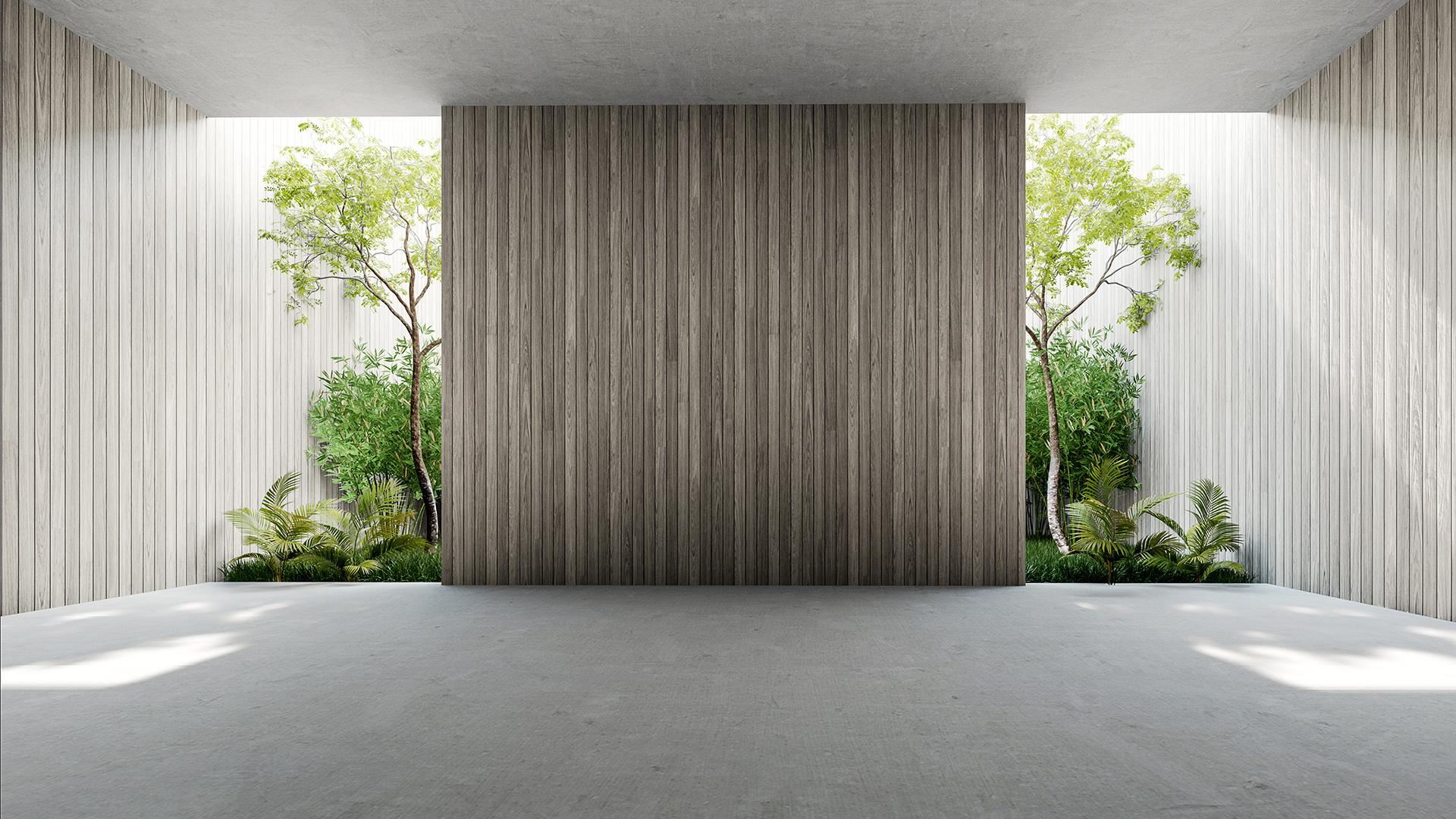The start of 2024 means tax preparation season for the previous fiscal year. During this time, there are several bonus depreciation rules that industries should consider in their tax planning processes. Here are critical rules for bonus depreciation as they relate to self-constructed property, and ways FORVIS can help with related tax planning.
In the real estate industry, self-constructed property comprises two types of properties:
- Manufactured, constructed, or produced property by the taxpayer for use in its trade, business, or the production of income.
- Manufactured, constructed, or produced property by another person under a written binding contract that is entered into before the manufacture, construction, or production of the property for use by the taxpayer in its trade or business, or its production of income.
Both instances can utilize bonus depreciation to write off a significant percentage of the cost of an asset in the first year of purchase. Following the first year of purchase, the remaining value can be deducted using depreciation strategies until the amount phases out. This makes bonus depreciation an important part of real estate tax planning and a useful strategy for deferring taxable income.
Due to these changes, strategically implementing bonus depreciation can make or break the difference between taking an immediate full deduction in one year versus only deducting 80%, 60%, etc., on an asset.
Keep these rules in mind for taking bonus depreciation on self-constructed assets:
- Taxpayers may make a component election. This allows a taxpayer to treat one or more components acquired or self-constructed after September 27, 2017 as part of certain larger self-constructed property, as being eligible for the first-year bonus depreciation deduction.
- The larger self-constructed property must be modified accelerated cost recovery system (MACRS) property with a recovery period of 20 years or less, or qualified improvement property and must be qualified property under Section 1.168(k)-2(b) of the 2019 Final Regulations.
- Cut-off dates for when the larger self-constructed property placed-in-service dates now align with placed-in-service dates under §168(k)(6).
- The larger, self-constructed property for purposes of the component election is all tangible personal property constructed as part of the building, which is generally MACRS with a recovery period of 20 years or less if the construction began before September 27, 2017.
- These rules affect only taxpayers who acquire (or self-construct) components after September 27, 2017 and who began construction of the larger self-constructed property before September 28, 2017 (approximately 32 months ago). The IRS and the U.S. Department of the Treasury expect relatively few taxpayers to be affected by this provision moving forward.
- The component election is made by attaching a statement to a federal income tax return indicating that the taxpayer is making the election under §1.168(k)-2(c) and whether the taxpayer is making the election for all or some of the components described in §1.168(k)-2(c).
Bonus depreciation for self-constructed property poses the ability to fully expense components placed in service after September 27, 2017. FORVIS can help with method changes, tax planning work, and fixed asset reviews to assess if any accelerated deduction can be made for your business. If you have any questions or need assistance, please reach out to one of our professionals.

